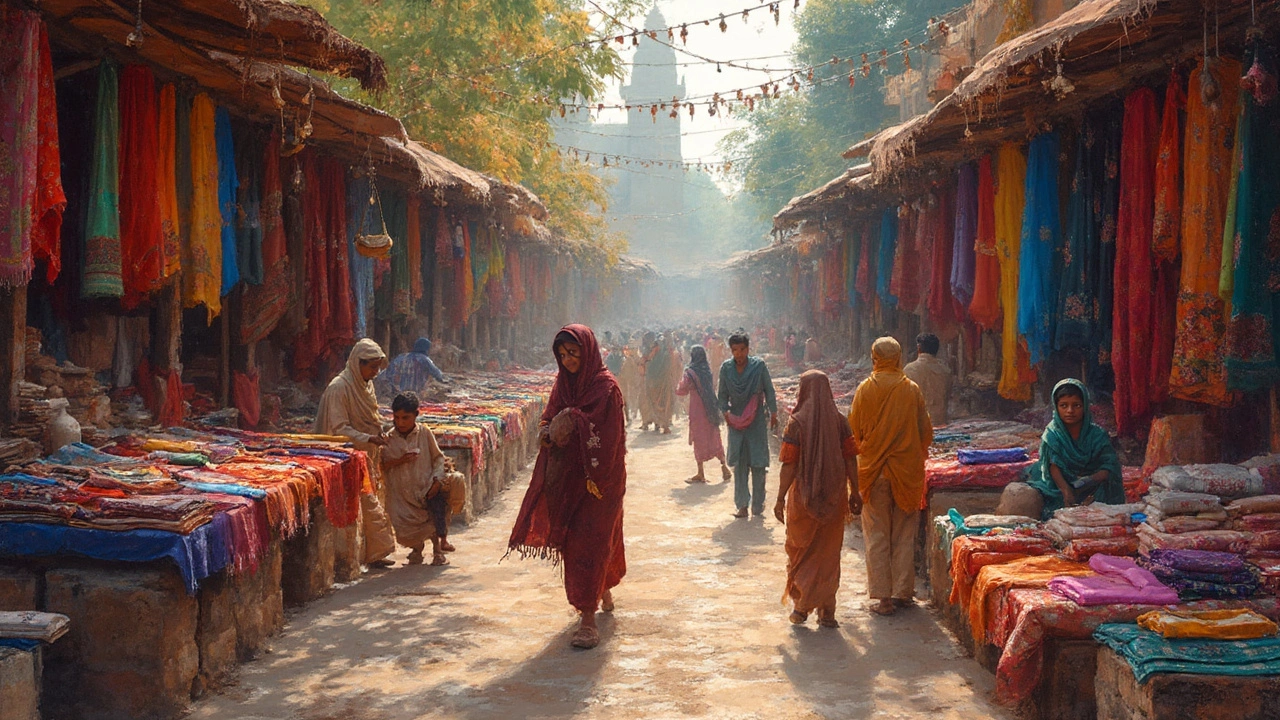India Fabric: Where to Find Quality Textiles and How to Buy Smart
India’s cloth game is huge. From the bustling markets of Delhi to the mills of Gujarat, you can get cotton, silk, and synthetic fabrics at prices that surprise most buyers. If you’re looking for a reliable source that mixes tradition with modern tech, you’ve landed in the right spot. Below you’ll find the basics you need to start ordering, checking quality, and keeping costs low without sacrificing style.
Big Fabric Hubs and What They Offer
First, know the regional strengths. Maharashtra and Gujarat host large cotton mills that churn out everything from plain weaves to printed prints. If you crave silk, head to Varanasi and Mysore – both famous for hand‑loomed and machine‑spun silk that feels luxurious yet stays affordable. For synthetic blends, Tamil Nadu’s industrial zones pump out polyester, rayon, and blends used in sportswear and fast fashion. Each hub has its own pricing rhythm, so a quick chat with local agents can reveal the best deal for the exact fabric you need.
How to Source Fabric Without the Headache
Start by building a short list of verified suppliers. Websites like IndiaMART or direct contacts through trade fairs work well, but always ask for a sample before placing a big order. Compare sample quality, weave tightness, and colour consistency. Shipping costs can add up, so look for suppliers near major ports like Mumbai or Chennai to keep freight low. Remember, bulk orders usually get a 5‑10% discount, and many factories are happy to negotiate payment terms if you show a steady order plan.
Quality checks are a must. Use a simple hand‑feel test: good cotton feels soft but sturdy, while high‑grade silk should glide smoothly across your skin. If you have a lab nearby, request a ‘fabric test report’ that covers thread count, shrinkage, and colourfastness. This step saves you from costly returns later. Sustainability is gaining ground too – many Indian mills now use organic cotton and water‑saving dye processes. Asking for eco‑certificates can give you an edge if your customers care about green sourcing.
Why choose Indian fabric for your line? The mix of low production costs, diverse material options, and growing tech adoption means you can get high‑volume items fast and still keep a premium feel. Plus, Indian manufacturers are used to custom orders, so you can tweak designs without huge minimums. Whether you’re a small boutique or a large retailer, the Indian textile ecosystem offers flexibility that many Western suppliers can’t match.
In short, treat India’s fabric market like a toolbox – pick the right region for the right material, verify samples, negotiate smartly, and keep an eye on quality and sustainability. Follow these steps and you’ll walk away with fabrics that look great, cost less, and support a vibrant manufacturing community.

Textile Industry in India: Current Trends and Insights
The textile industry in India is a vibrant and dynamic sector that plays a crucial role in the nation's economy. It is characterized by its wide range of products, innovative textile technologies, and significant contribution to employment and exports. Recent trends show a shift towards sustainable and eco-friendly practices, making it essential for manufacturers to adapt and capitalize on these changes. The industry's resilience and adaptability continue to drive its growth and global competitiveness.
